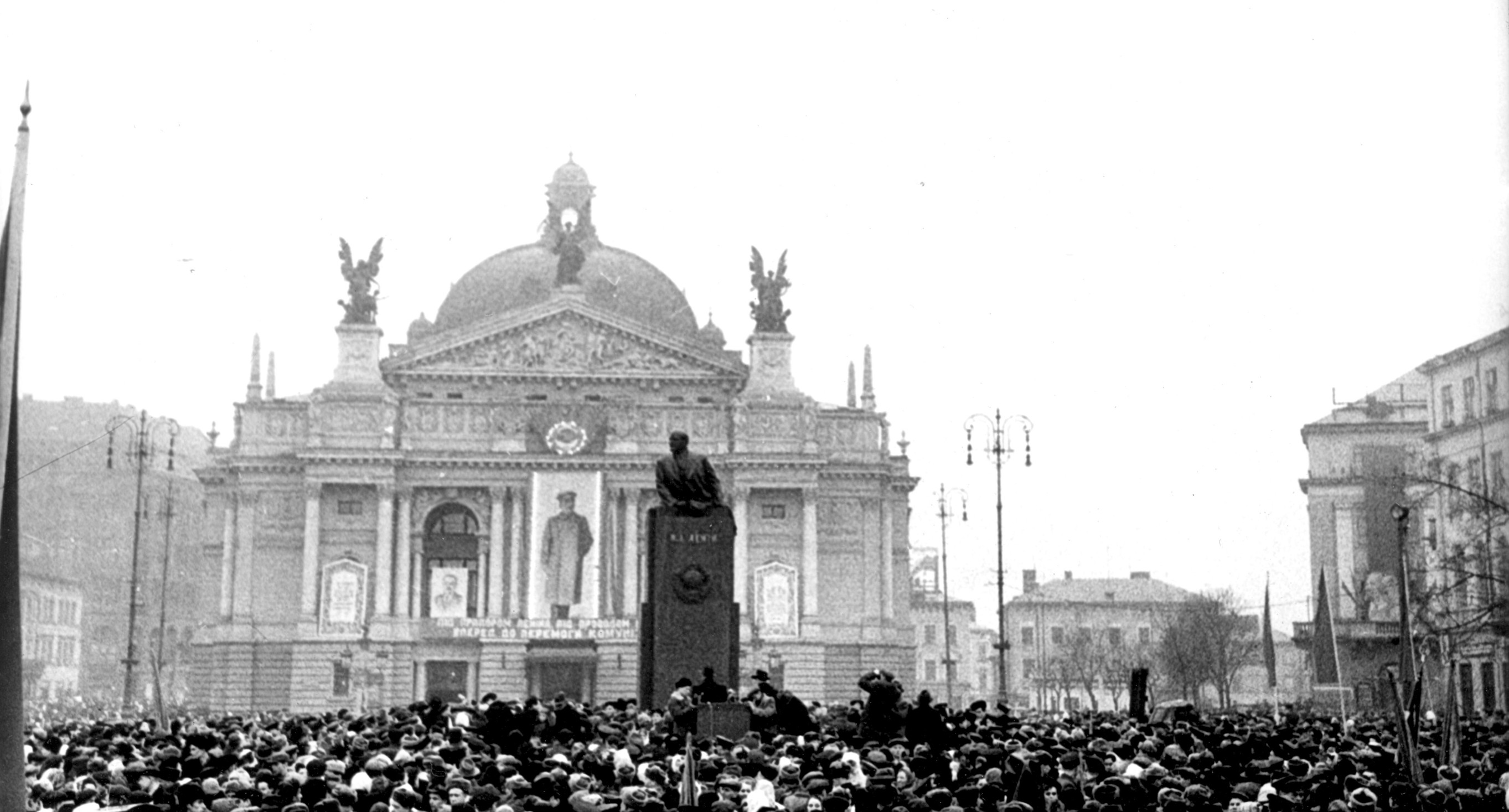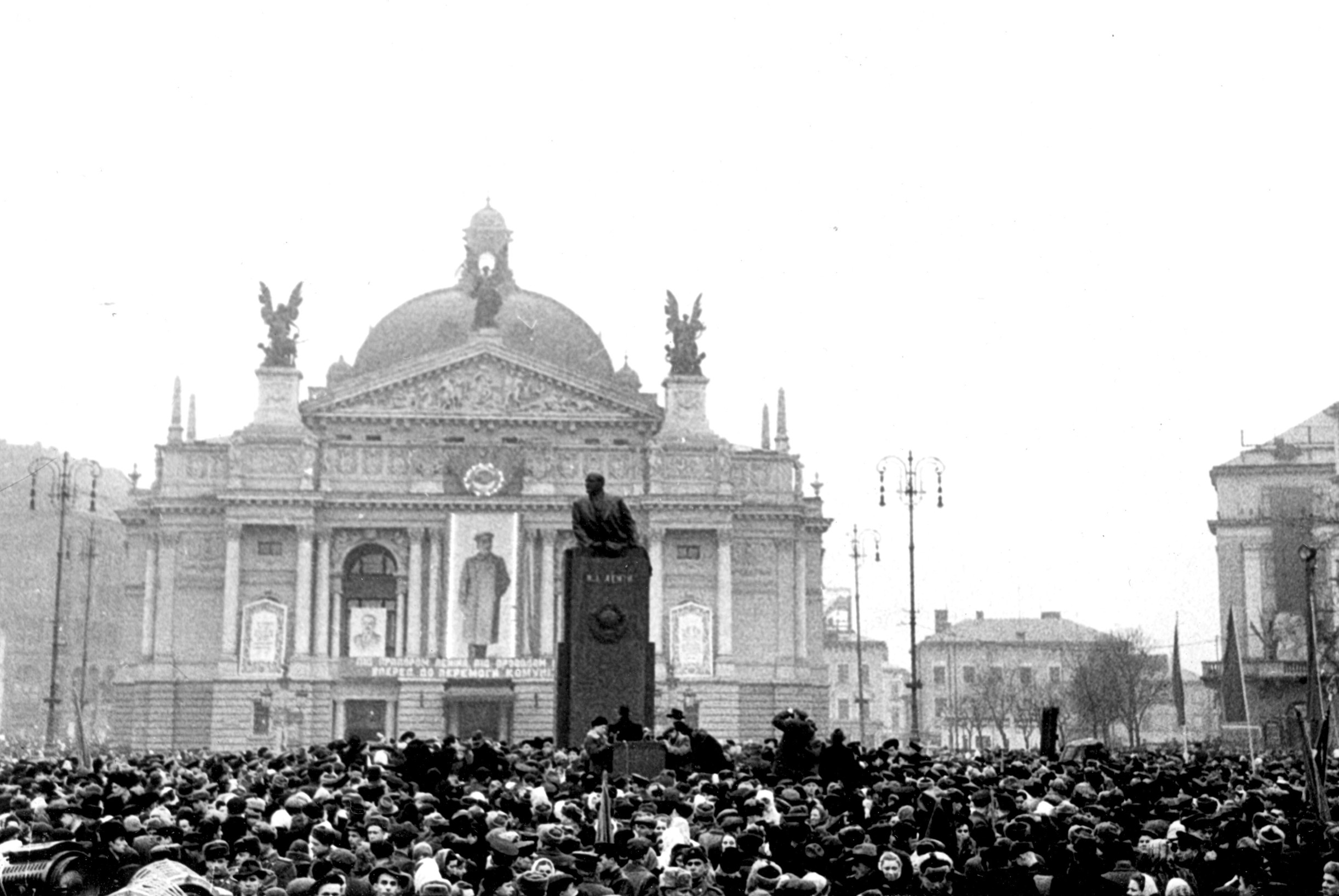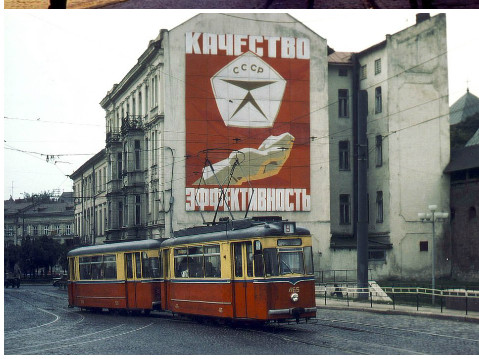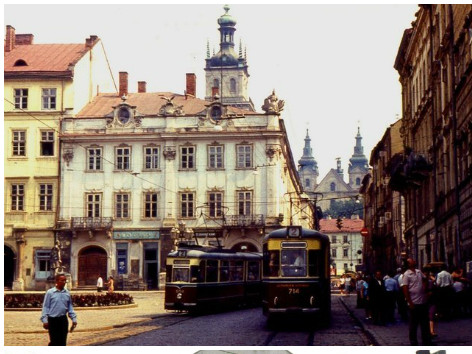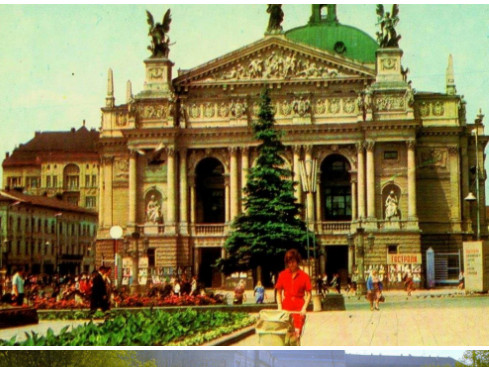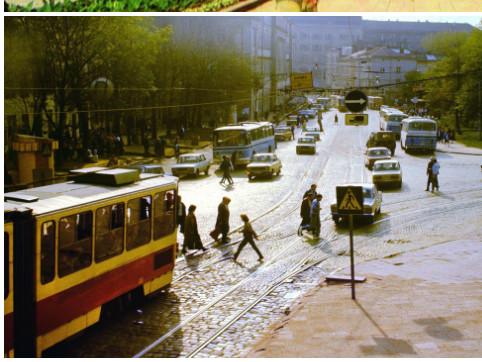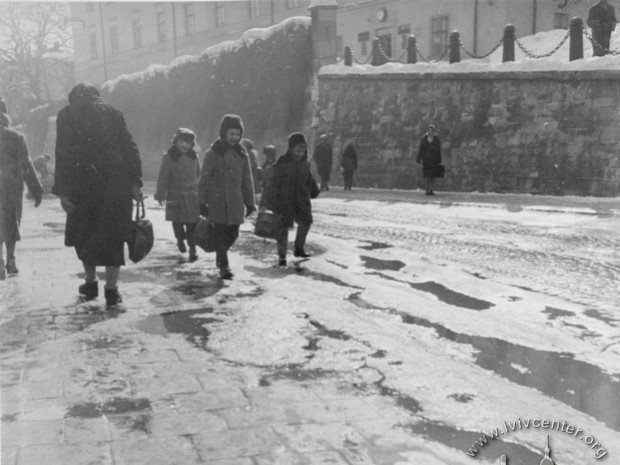Lviv came under Soviet Union power as a result of Molotov-Ribbentrop pact in September 1939. The city got into the hands of Nazi Germany due to the invasion of the Third Reich troops on the Union of Soviet Socialist Republics in June 1941.
The German control lasted until July 1944. After that Lviv was defeated by the Red Army. The period of the «second Soviet-era» has started.
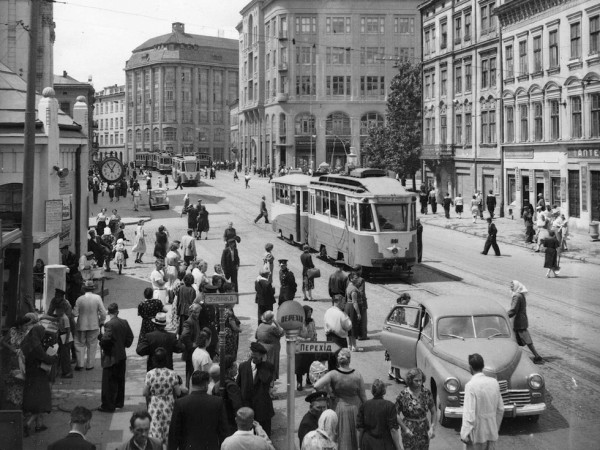
Imperial policy was imposed on everything that was disadvantageous to the regime. Through the instruments of terror and repression, the Soviet authorities forced a violent Sovietization policy on the grasped territories.
Demography in the city has changed dramatically since the communist regime`s tragic agreements on mutual replacement of the population. Administrative institutions were filled by Communist Party representatives.
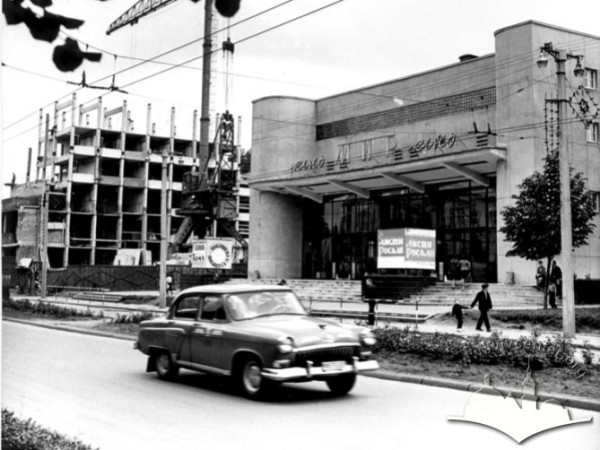
In 1946, they achieved liquidation of the Ukrainian Greek Catholic Church, which played a leading role in the society.
The Soviet officials ordered to capture all those suspected of cooperation with the Organization of Ukrainian Nationalists and The Ukrainian Insurgent Army.
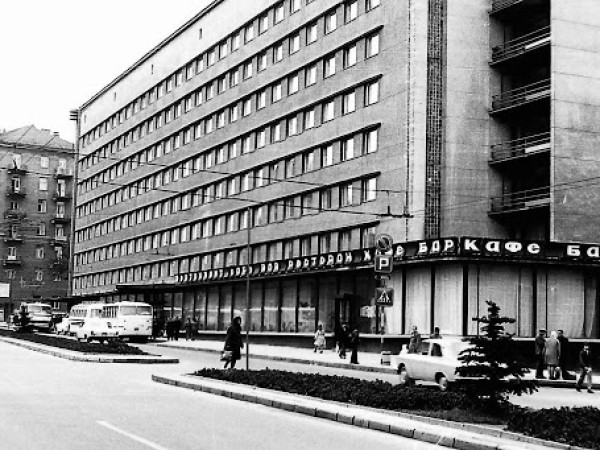
The construction of industrial giants (Lviv Bus Factory (LAZ), «Electron», «Kinescope» and others) was launched in the city during the 40s and 50s.
New workers were constantly arriving at Lviv, which led to urbanization and construction of new residential areas. Because of irrational economic management, the constant deficit of essential products, corruption and attempts to perform unattainable economic plan has become peculiar features of regular life in Lviv.
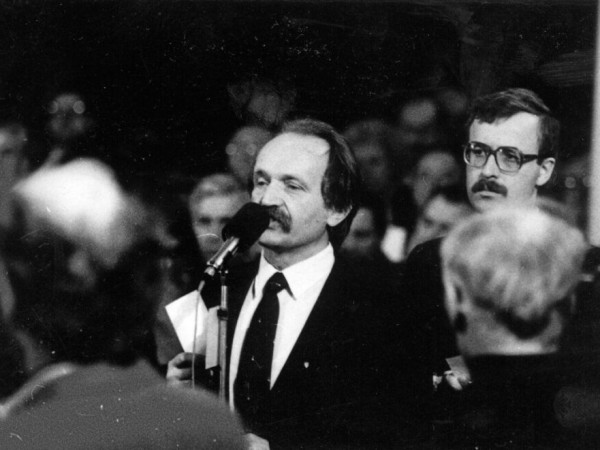
The national movement strengthened its position during the «Khrushchev Thaw». Kyiv, Ivano-Frankivsk, and Lviv, in particular, became important centres of Ukrainian non-conformism movement in the early 60s.
The public manifestation of dissent was unacceptable to the authorities. Consequently, it resulted in arrests of the intelligentsia (M. Osadchyi, brothers Horyni, brothers Heli etc.) in 1965. But, as a rule, higher pressure leads to more powerful resistance.
One of the most prominent political figures Viacheslav Chornovil started «Lvivskyi Visnyk» self-publishing censored and underground makeshift edition in 1970.
It contained printed information about violations of the freedom of expression, the rights of the individual guaranteed by the Constitution, about judicial and
extrajudicial repression in Ukraine and protest movement. It was secretly spread among the Ukrainian intelligentsia, thus continuing its opposition to totalitarianism.
The Soviet authorities continued their brutal suppression of any disobedience in the city by persecuting and arresting people.
Dissidents, who were opposed to established doctrine and policy, joined the Ukrainian Helsinki Group. They started a new wave of human rights movement in 1976.
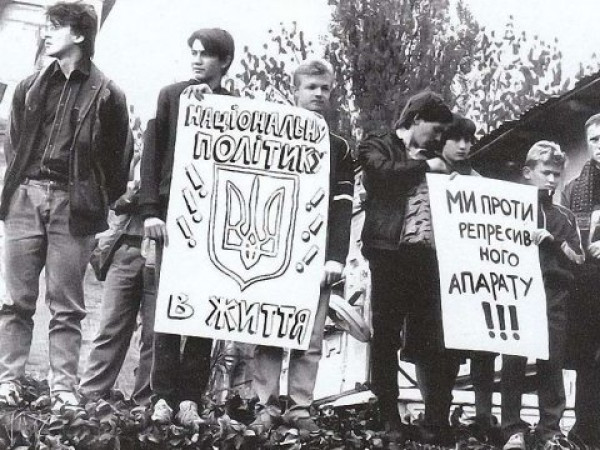
When M. Gorbachev got to the government in the second half of the 1980s, he announced a new policy reform of «openness and transparency». Representatives of the intelligentsia returned home from the forced labour camps because of liberalization of social and political life. National movement leaders were taking advantage of the weakening of the Soviet regime.
Various organizations that were beyond government control were emerging at that time. One of them was civic association «Tovarystvo Leva» that emerged in 1987. This non-governmental organization united society to protest. Its participants were well-known dissidents, in particular, V. Chornovil.
Subsequently, the first political demonstration in Ukraine took place in Lviv in 1987. Thanks to the efforts of public figures, information about the protest was transmitted to the West. Numerous human rights organizations have emerged in the late 80s, their effort and the public demand led to the construction of the T. Shevchenko monument.

The national flag of Ukraine was placed at the High Castle in Lviv in 1990. New organizations and political parties were formed to extend the state-building process. The Verkhovna Rada of the Ukrainian Soviet Socialist Republic proclaimed the Declaration of the Sovereignty of Ukraine on July 16.
A year later, on August 24, 1991, Ukrainian people completed it’s right to self- determination. Ukraine declared independence «continuing the millennial tradition of state-building».
To imagine Lviv in the Soviet period, explore the media archive of the Center for Urban History.
